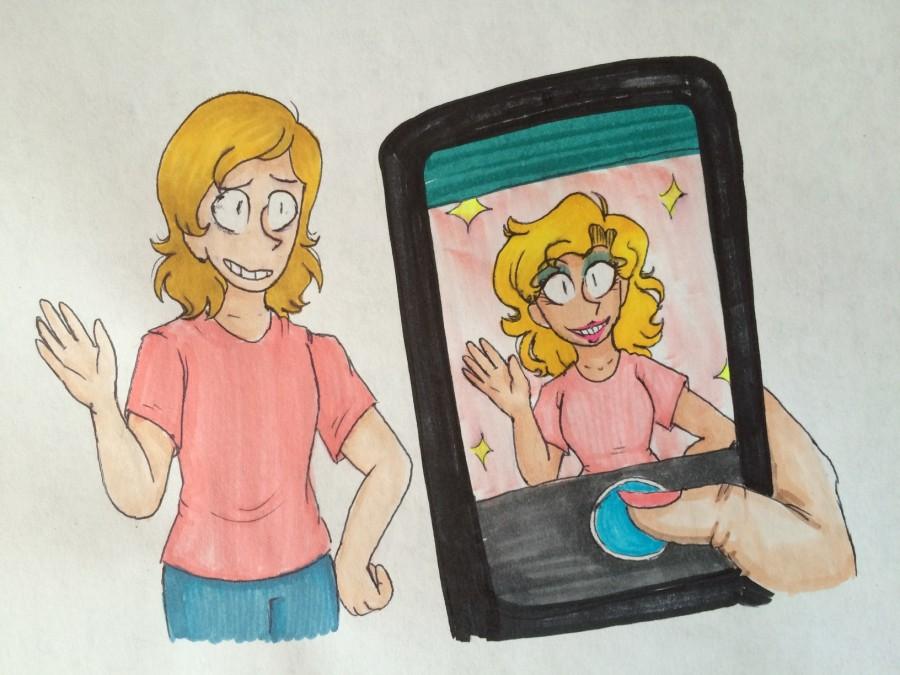Instagram allows users to create a false reality with posts
She had it all, or so it seemed.
That’s why Essena O’Neill’s 574,000 loyal followers were shocked to find out that the 18 year old Australian model had given up on Instagram for good. Seeking to “expose the harsh… reality behind the instafamous culture,” O’Neill deleted several of her accounts and around 200,000 photos, leaving up only a few with new captions exposing the “truth” behind her seemingly glamorous life.
Like many teenagers and young adults, Essena O’Neill longed to create an idealized image of herself through social media, though in the end she felt empty and unfulfilled. Her high-profile case exemplifies a new type of social media strife that has become all too common, even among those with follower counts in the double digits: “Instagram envy,” a phenomenon so widespread that it has caught the attention of University of Oxford psychologists.
Though Facebook and Twitter can be used for similar ends, Instagram’s format allows its users to construct the illusion of a perfect life with relative ease and a greater impact. Unlike text-oriented social networks, which are geared more towards conversation, Instagram’s sole focus on photography and video can lead to overemphasis on superficial appearances while seemingly presenting a user’s everyday experiences. When pictures are of small details, such as an impeccably decorated room or a magazine-worthy dessert, imperfections are easily hidden, especially with a litany of high-quality filters at hand.
The goal is to be in the public eye at all times, with followers believing that what they see is “real,” personal life. In a sense, Instagram is the most developed form of reality-TV voyeurism; both purport to give viewers an intimate glimpse into the star’s life, and though the “stars” of Instagram might live next door, neither gives a true picture of reality. In a 2013 New York Times article, “The Agony of Instagram”, one interviewee recalls a family so determined to create the image of a perfect fall moment that they ordered bags of leaves from out of state for a leaf pile photo-op.
Instagram thus takes “keeping up with the Joneses” into the digital age, as sociologists describe the network’s power to create “relative deprivation” in its users, a dissatisfaction with one’s social standing relative to others of the same socioeconomic class.
“It gives people a false sense of who you are,” said MHS senior Jack Latini. “Some people try to make others jealous, but you end up with a false image of yourself.”
While viewing a barrage of immaculate pictures can lead to feelings of inferiority and envy, trying to maintain the appearance of an art-directed life is often just as stressful, as users can tie self-esteem to social media presence. Many place undue importance on “ratio” (the number of followers compared to following) in order to resemble celebrities, who may have thousands of followers but only follow a handful of accounts, and often “likes” can become a form of social currency.
For Essena O’Neill, this conflation of social media fame with self-worth was too much to bear.
“It’s a system based on social approval, likes, validation in views, success in followers. It’s perfectly orchestrated self absorbed judgement.”
The fact remains that social media is expanding, not shrinking, but users should remember that what they see is not the reality, but merely falsified perfection.





